Grace "Grandma COBOL" Hopper
“She’s a true Marine, but if we dig deeper, we’ll find a pirate.”

Grace Hopper ( Grace Hopper ) - American scientist and Rear Admiral of the US Navy. Harvard Computer Programmer Mark I.
')
Having built a successful mathematics career at Yale (having defended his doctorate and became a professor), Grace Hopper in 1943 (37 years old) volunteered for the Navy.
But she had a shortage by weight of 6 kg, so I had to sit "at the keyboard" of Harvard Mark 1.

 In 1949, Hopper became an employee of the Eckert-Mauchly Computer Corporation and, as a senior mathematician, joined the UNIVAC I development team.
In 1949, Hopper became an employee of the Eckert-Mauchly Computer Corporation and, as a senior mathematician, joined the UNIVAC I development team.
In the early 1950s, the company passed into the hands of Remington Rand Corporation, and then their team released the first-ever compiler . It was known as “A Compiler” , and its first version was A-0 .
“They could not believe it,” she said. “I had a working compiler, and no one used it. I was told that a computer can only perform arithmetic operations. ”
In 1954, Grace became the head of the automation and programming department, and her department released some of the first compilers, including ARITH-MATIC, MATH-MATIC and FLOW-MATIC.
In the spring of 1959, the COBOL language was standardized at the Conference on the Languages of Data Processing Systems (CODASYL).
The new language was an extension of Hopper's FLOW-MATIC and contained some ideas from COMTRAN, a similar language from IBM.
In this language, Hopper had the idea that programs should be written in a language that is closer to English than in a language that is closer to machine code .

From 1967 to 1977, Grace led the Navy Programming Languages Group (Navy's Office of Information Systems Planning) and was promoted to captain in 1973. She developed software for COBOL and its compiler, which was part of the COBOL standardization program.
In the 1970s Hopper convinced the Department of Defense to replace the large centralized systems with a network of small computers located in different places. Any user of any computer site could get access to databases stored in the network.
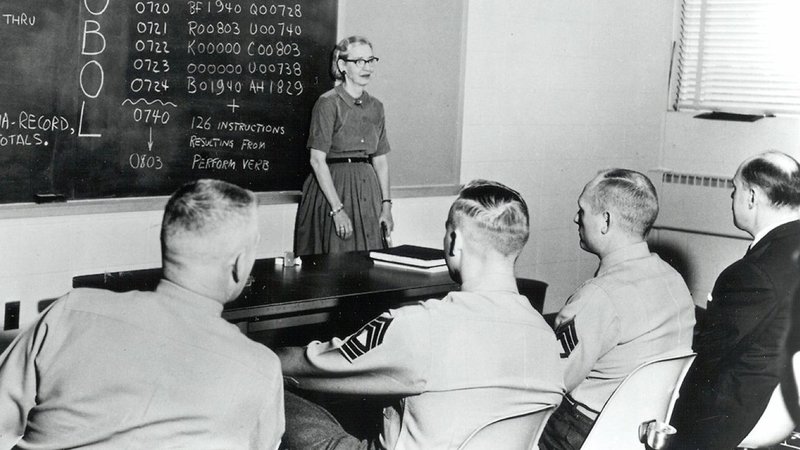
She first applied standardization to the testing of computer systems and components, and most importantly, to early programming languages such as FORTRAN and COBOL.
In 1946, at Harvard, working at the Mark 2 and Mark 3 computers, trying to understand the causes of the error, a mole was found in the relay. The insect was carefully removed and taped to tape with logs.

"First actual case of bug being found"
Hopper is famous for its nanosecond visual aids. People (for example, generals and admirals) often asked her why satellite communications take so long. For clarity, Grace began to give them a length of cord length of 30 centimeters, because it is so much the light passes in one nanosecond. Grace gave the nanosecond metronome to these segments. Hopper clarified to the audience that this is the maximum distance that light travels in a vacuum without interference, and that the signals travel longer along real cables that served it as a guide.
She later used the same metaphor to illustrate why computers should be small to be faster. In many of her lectures and visits, she distributed “nanoseconds” to the audience, complementing the presentation with a 300-meter-long cable bay, denoting a microsecond. Reading lectures in the future for DEC, she handed out packets of peppers, which she called "picoseconds."
The ship named USS Hopper (DDG-70) was named after her:
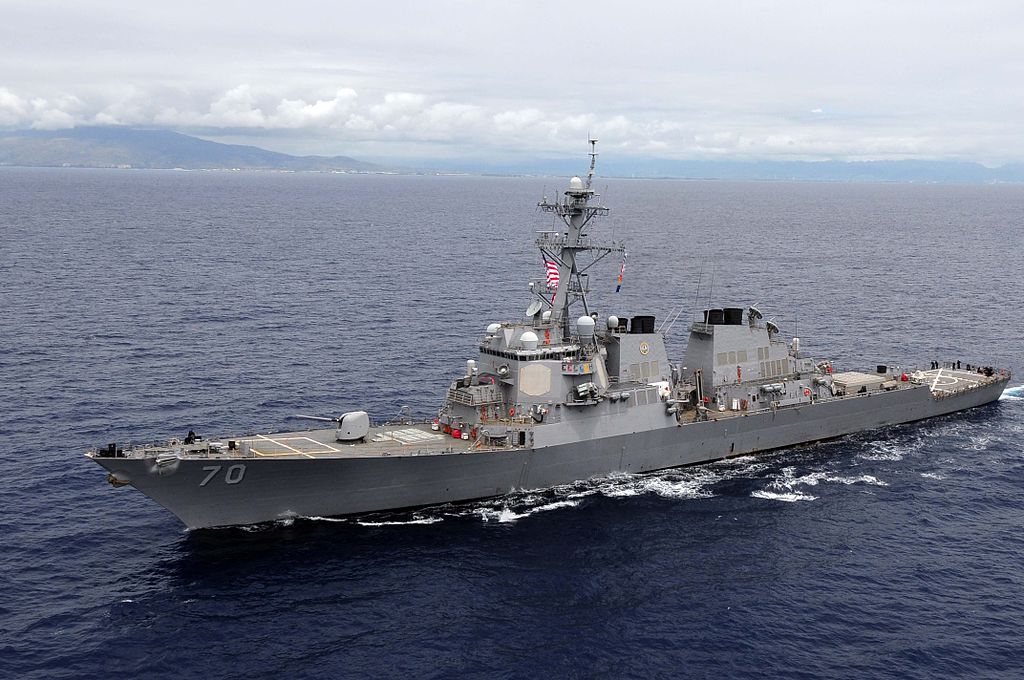
And the Cray XE6 supercomputer:
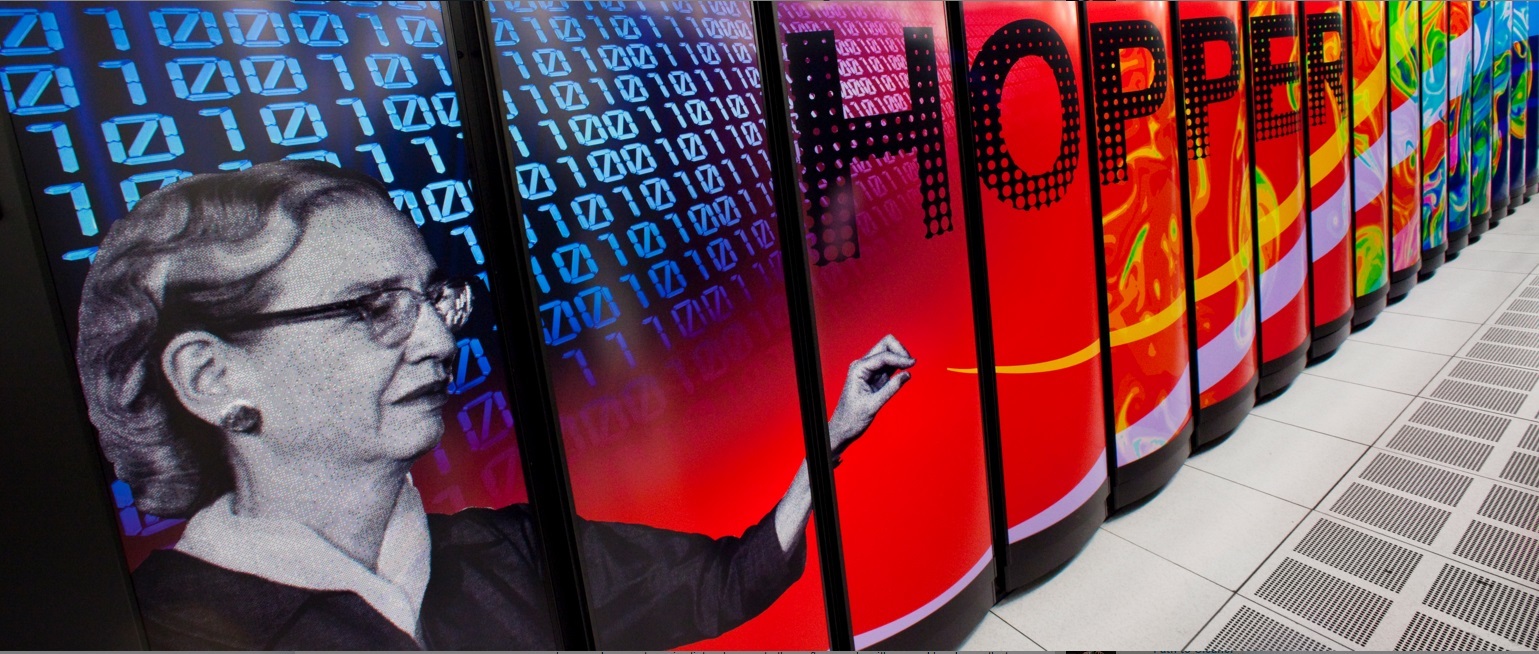
Google Doodle for 107 anniversary:
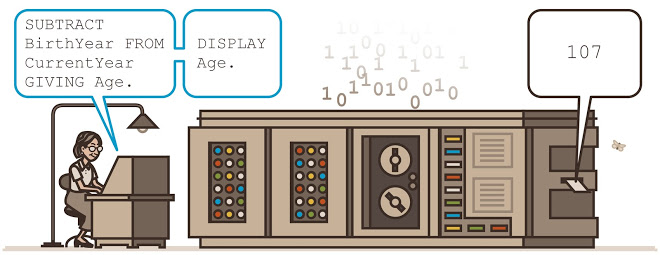
The first woman to receive the title of Rear Admiral of the Fleet and the Defense Distinguished Service Medal (the highest award for non-combat service).
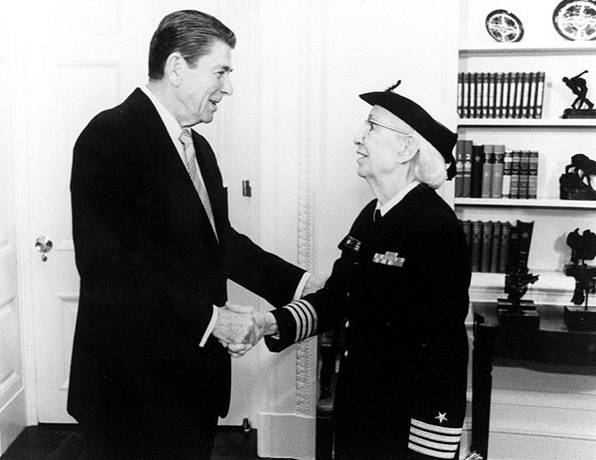
About Grace Hopper shot a documentary for 15 minutes , look at the performances of this woman in front of an audience, the hall often burst into laughter from her stories.
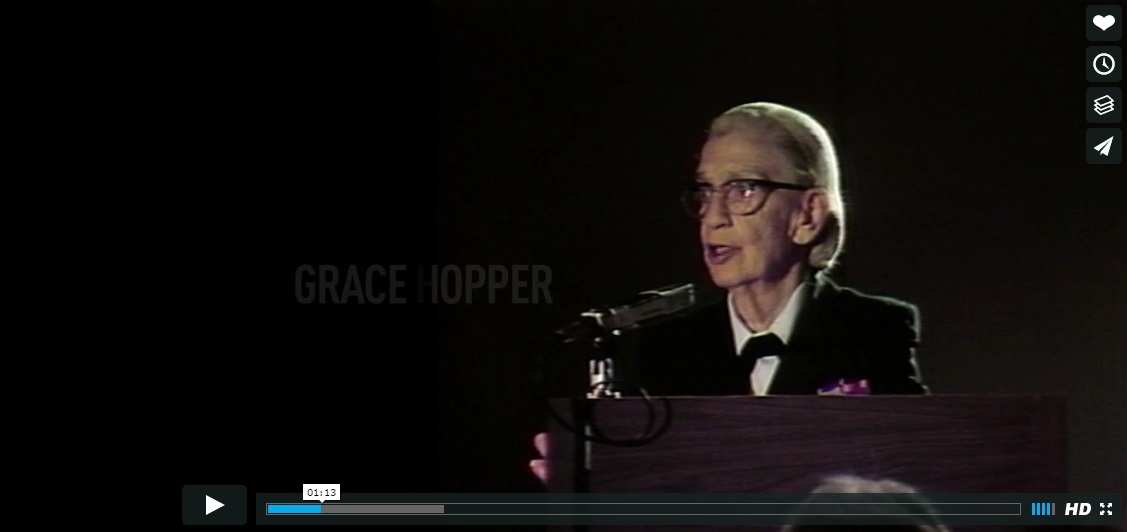
Trailer:
The full version is here .
Grace Hopper Long Lecture About Satellite Communication
Together with the company Edison we continue the spring marathon of publications.
I will try to get to the primary sources of IT-technologies, to understand how they thought and what concepts were in the minds of the pioneers, what they dreamed about, how they saw the world of the future. Why did you think “computer”, “network”, “hypertext”, “intelligence amplifiers”, “collective problem solving system”, what meaning did they put into these concepts, what tools they wanted to achieve a result.
I hope that these materials will serve as an inspiration for those who are wondering how to go “from Zero to Unit” (to create something that had never happened before). I would like IT and “programming” to stop being just “coding for the sake of dough”, and recall that they were conceived as a lever to change themethods of warfare, education, a way of working together, thinking and communication, as an attempt to solve world problems and answer facing humanity. Something like this.
0 March. Seymour papert
March 1. Xerox alto
March 2, "Call Jake." NIC and RFC history
March 3, Grace "Grandma COBOL" Hopper
March 4 Margaret Hamilton: "Guys, I'll send you to the moon"
March 5, Hedy Lamarr. And in the movie naked to play and torpedo the bullet into the enemy
March 7 Gorgeous Six: girls who had a thermonuclear explosion calculated
March 8, "Video Games, I'm your father!"

Grace Hopper ( Grace Hopper ) - American scientist and Rear Admiral of the US Navy. Harvard Computer Programmer Mark I.
')
- As a child, I dismantled 7 alarm clocks to understand how everything works.
- Fought for the idea of a machine-independent programming language.
- Developed the first compiler.
- I put my hand to the distribution of the debugging meme (catching a real beetle from Mark 2).
- I could explain to the quick-witted military man what “nanosecond” and “picosecond” are. On fingers.
- The destroyer USS Hopper (DDG-70) was named after her.
- And the Cray XE6 "Hopper" supercomputer.
- And in her honor, the nominal prize of the Association of Computing Machinery ( ACM ) is awarded to a young (up to 35 years old) specialist who has made a significant contribution in the field of computing engineering.
Having built a successful mathematics career at Yale (having defended his doctorate and became a professor), Grace Hopper in 1943 (37 years old) volunteered for the Navy.
But she had a shortage by weight of 6 kg, so I had to sit "at the keyboard" of Harvard Mark 1.

Compiler
 In 1949, Hopper became an employee of the Eckert-Mauchly Computer Corporation and, as a senior mathematician, joined the UNIVAC I development team.
In 1949, Hopper became an employee of the Eckert-Mauchly Computer Corporation and, as a senior mathematician, joined the UNIVAC I development team.In the early 1950s, the company passed into the hands of Remington Rand Corporation, and then their team released the first-ever compiler . It was known as “A Compiler” , and its first version was A-0 .
“They could not believe it,” she said. “I had a working compiler, and no one used it. I was told that a computer can only perform arithmetic operations. ”
In 1954, Grace became the head of the automation and programming department, and her department released some of the first compilers, including ARITH-MATIC, MATH-MATIC and FLOW-MATIC.
COBOL
In the spring of 1959, the COBOL language was standardized at the Conference on the Languages of Data Processing Systems (CODASYL).
The new language was an extension of Hopper's FLOW-MATIC and contained some ideas from COMTRAN, a similar language from IBM.
In this language, Hopper had the idea that programs should be written in a language that is closer to English than in a language that is closer to machine code .

From 1967 to 1977, Grace led the Navy Programming Languages Group (Navy's Office of Information Systems Planning) and was promoted to captain in 1973. She developed software for COBOL and its compiler, which was part of the COBOL standardization program.
In the 1970s Hopper convinced the Department of Defense to replace the large centralized systems with a network of small computers located in different places. Any user of any computer site could get access to databases stored in the network.

She first applied standardization to the testing of computer systems and components, and most importantly, to early programming languages such as FORTRAN and COBOL.
Bug
In 1946, at Harvard, working at the Mark 2 and Mark 3 computers, trying to understand the causes of the error, a mole was found in the relay. The insect was carefully removed and taped to tape with logs.

"First actual case of bug being found"
Nano - and picoseconds
Hopper is famous for its nanosecond visual aids. People (for example, generals and admirals) often asked her why satellite communications take so long. For clarity, Grace began to give them a length of cord length of 30 centimeters, because it is so much the light passes in one nanosecond. Grace gave the nanosecond metronome to these segments. Hopper clarified to the audience that this is the maximum distance that light travels in a vacuum without interference, and that the signals travel longer along real cables that served it as a guide.
She later used the same metaphor to illustrate why computers should be small to be faster. In many of her lectures and visits, she distributed “nanoseconds” to the audience, complementing the presentation with a 300-meter-long cable bay, denoting a microsecond. Reading lectures in the future for DEC, she handed out packets of peppers, which she called "picoseconds."
Confession
The ship named USS Hopper (DDG-70) was named after her:

And the Cray XE6 supercomputer:

Google Doodle for 107 anniversary:

The first woman to receive the title of Rear Admiral of the Fleet and the Defense Distinguished Service Medal (the highest award for non-combat service).

The Queen of Code
About Grace Hopper shot a documentary for 15 minutes , look at the performances of this woman in front of an audience, the hall often burst into laughter from her stories.

Trailer:
The full version is here .
Grace Hopper Long Lecture About Satellite Communication
Together with the company Edison we continue the spring marathon of publications.
I will try to get to the primary sources of IT-technologies, to understand how they thought and what concepts were in the minds of the pioneers, what they dreamed about, how they saw the world of the future. Why did you think “computer”, “network”, “hypertext”, “intelligence amplifiers”, “collective problem solving system”, what meaning did they put into these concepts, what tools they wanted to achieve a result.
I hope that these materials will serve as an inspiration for those who are wondering how to go “from Zero to Unit” (to create something that had never happened before). I would like IT and “programming” to stop being just “coding for the sake of dough”, and recall that they were conceived as a lever to change the
0 March. Seymour papert
March 1. Xerox alto
March 2, "Call Jake." NIC and RFC history
March 3, Grace "Grandma COBOL" Hopper
March 4 Margaret Hamilton: "Guys, I'll send you to the moon"
March 5, Hedy Lamarr. And in the movie naked to play and torpedo the bullet into the enemy
March 7 Gorgeous Six: girls who had a thermonuclear explosion calculated
March 8, "Video Games, I'm your father!"
Source: https://habr.com/ru/post/278399/
All Articles